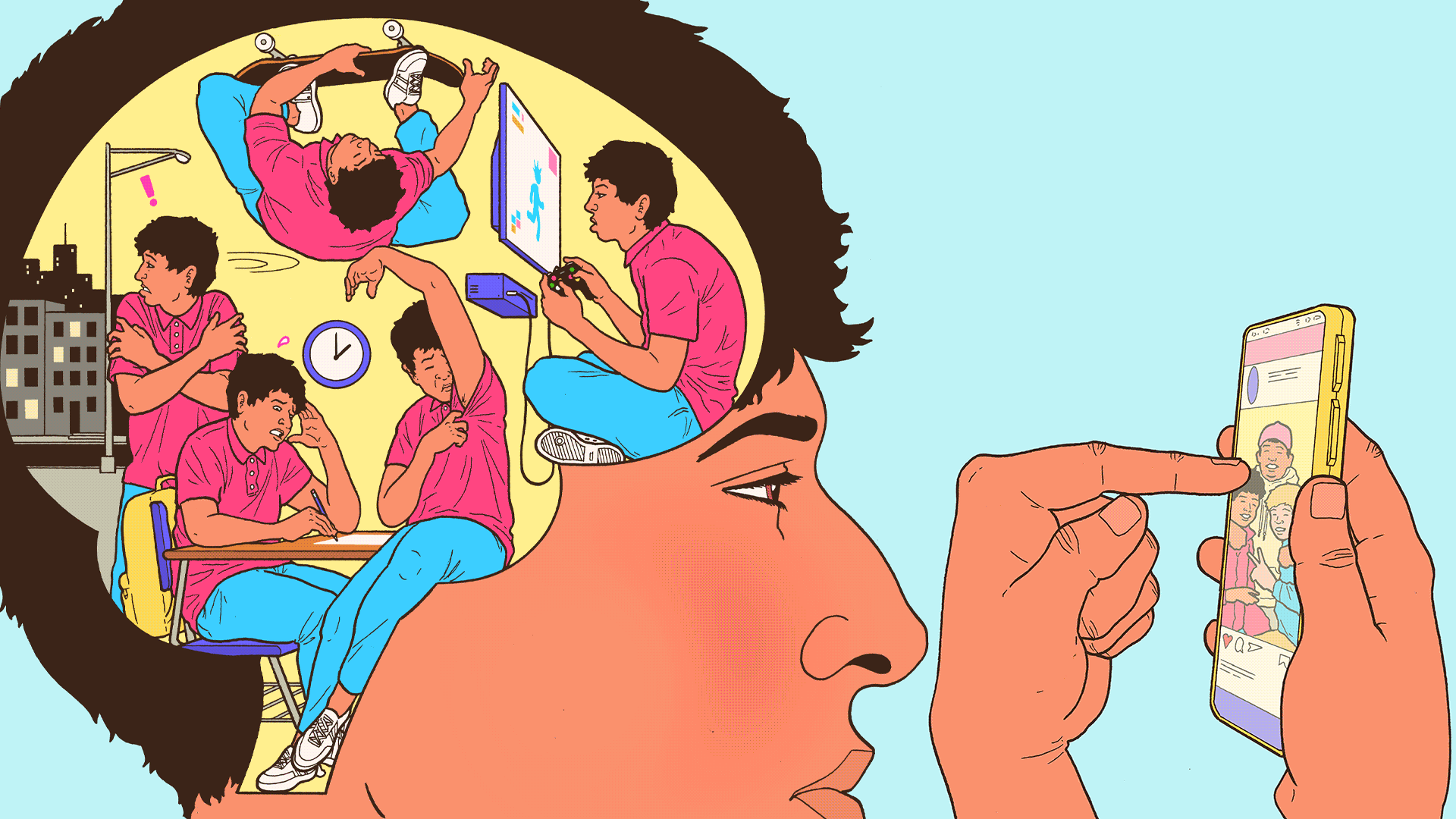If you’re reading this, you’ve probably survived adolescence, and looking back on those years you might wonder: How? At a recent Stavros Niarchos Foundation Brain Insight Lecture, sponsored by the Zuckerman Mind Brain Behavior Institute, two scholars — BJ Casey, a cognitive neuroscientist at Barnard, and Ioana Literat, an Internet researcher at Teachers College — helped answer that question by casting light on the fevered minds of today’s teenagers.
Casey, who has a son in his twenties, did a little myth-busting, reminding her listeners that adolescence isn’t all angst and anger. “It is just a remarkable, wonderful time of learning and discovery,” she said. “It’s a time in which we begin to gain a sense of who we are and who we aspire to be.”
Sure, teens are known for impulsiveness, risk-taking, and poor decision-making, but Casey rejected the notion, held in some child-psychology quarters, that these things constitute a “deficit.” “I think the adolescent brain has really gotten a bad rap,” she said, adding that we don’t refer to a newborn’s inability to talk as a deficit; rather, we speak of the development of the infant’s brain — which is precisely what is happening to the brains of teenagers.
To illustrate this, Casey shared functional magnetic resonance imaging (fMRI) scans of adolescent brains. In children, she said, the visual and motor cortices, which enable us to see and move, are the most developed, while the prefrontal cortex, which governs decision-making, takes more time to mature. Meanwhile, the brain’s emotional centers — the hypothalamus (desire), the amygdala (fear and rage), and nucleus accumbens (the reward center, also associated with addiction and risk-taking) — kick into high gear during adolescence. This developmental lag between emotions and control can leave teens vulnerable to anxiety and depression.
In her lab studies, Casey monitors the brain activity of teenagers as they press buttons in response to cues. She’s found that teens display not only a heightened sensitivity to the opinions and attitudes of their peers but also — good news for worried parents — an inflated awareness of potential threats. And unlike adults, they remain hyperalert for those threats even after they pass.
Why, Casey asked, might the adolescent brain be programmed this way? “Peer acceptance can facilitate independent exploration and learning from the social environment,” she said. And the sensitivity to threats makes sense too: “If you’re out there exploring new environments without the protection of the caregiver, that is going to require you to be very vigilant.”
But what if that environment is contained on the screen of a laptop or a phone?
Ioana Literat, an Internet researcher at Teachers College, studies the online political behavior of young people. She is particularly interested in what she calls the “political sandbox” of social media — Instagram, TikTok, et al. — and how adolescents express themselves there.
Though Literat’s subjects are too young to vote, they are hardly disconnected from the political process: “They are finding their own way towards politics in the [online] spaces where they hang out, in the spaces where they feel comfortable,” she said. It’s the form of expression that’s striking. “The dominant ideal of political expression is serious, focused on fact and rationality, and detached and objective,” said Literat. But youth political expression is often the antithesis of those things: “It’s humorous. It’s emotional. It’s not rational.” Nor is it objective: “It’s all filtered through young people’s identities, through the personal implications that politics might have on themselves, on their loved ones, on their social groups,” Literat said. “And we shouldn’t think of this as narcissistic. Politics is personal, and they should be encouraged and supported in thinking of politics as personal — that’s the way to really reach them.”
Literat advised adults to “listen to the political voices of young people in their preferred modes of expression” and also to consider social media “as a really important, potentially even productive, part of young people’s political socialization, which is the process by which they become citizens.” Accepting the reality that social media isn’t going anywhere, Literat called for more education in media literacy, so that parents and teachers have a better idea of what the kids are up to.
Which is not to say that the grown-ups should exert more control over teenagers’ lives. As Casey argued, teens must be allowed to screw up. “It is important that they learn from their experiences, and too often in the interest of trying to protect young people, we don’t let them fail,” she said. “We don’t let them explore, because we’re concerned for them, but by doing that, we’re actually delaying their development.”



